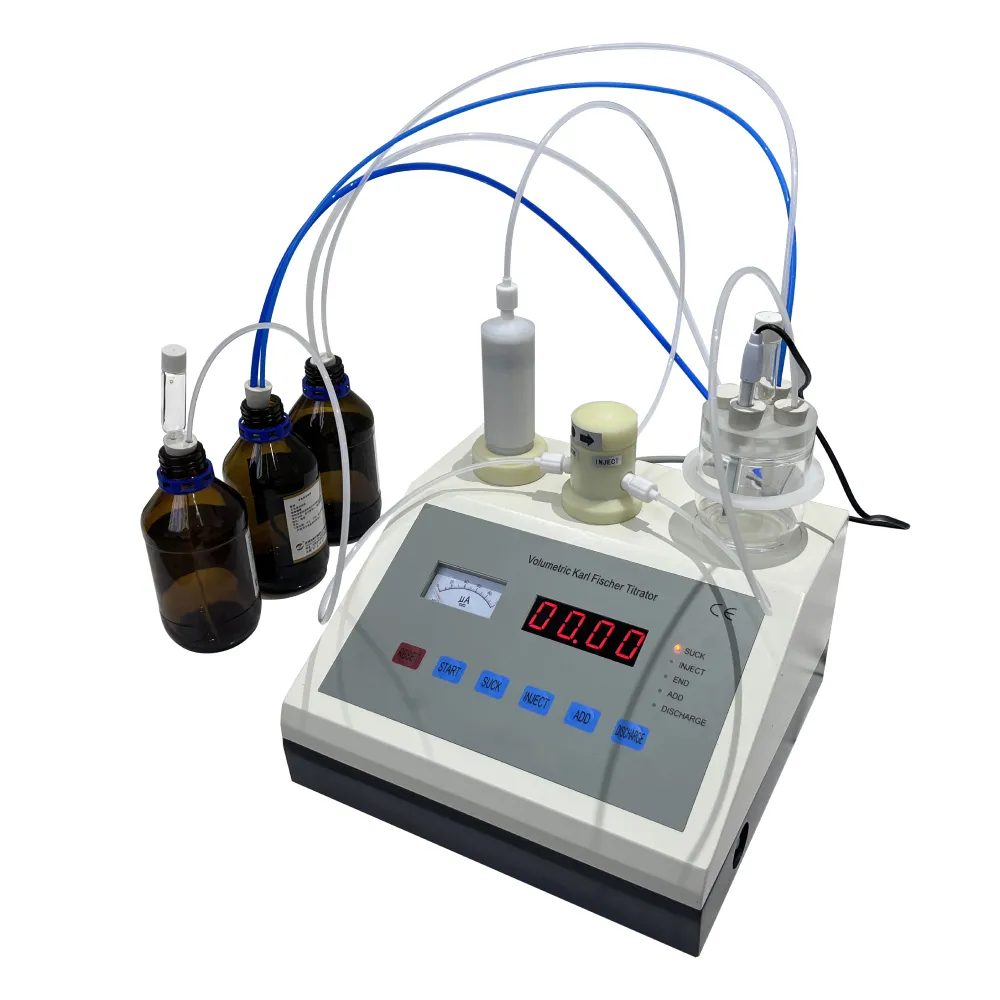TEL:
+86-0312-3189593
 English
English

Telephone:0312-3189593

Email:sales@oil-tester.com

-
 Afrikaans
Afrikaans -
 Albanian
Albanian -
 Amharic
Amharic -
 Arabic
Arabic -
 Armenian
Armenian -
 Azerbaijani
Azerbaijani -
 Basque
Basque -
 Belarusian
Belarusian -
 Bengali
Bengali -
 Bosnian
Bosnian -
 Bulgarian
Bulgarian -
 Catalan
Catalan -
 Cebuano
Cebuano -
 China
China -
 China (Taiwan)
China (Taiwan) -
 Corsican
Corsican -
 Croatian
Croatian -
 Czech
Czech -
 Danish
Danish -
 Dutch
Dutch -
 English
English -
 Esperanto
Esperanto -
 Estonian
Estonian -
 Finnish
Finnish -
 French
French -
 Frisian
Frisian -
 Galician
Galician -
 Georgian
Georgian -
 German
German -
 Greek
Greek -
 Gujarati
Gujarati -
 Haitian Creole
Haitian Creole -
 hausa
hausa -
 hawaiian
hawaiian -
 Hebrew
Hebrew -
 Hindi
Hindi -
 Miao
Miao -
 Hungarian
Hungarian -
 Icelandic
Icelandic -
 igbo
igbo -
 Indonesian
Indonesian -
 irish
irish -
 Italian
Italian -
 Japanese
Japanese -
 Javanese
Javanese -
 Kannada
Kannada -
 kazakh
kazakh -
 Khmer
Khmer -
 Rwandese
Rwandese -
 Korean
Korean -
 Kurdish
Kurdish -
 Kyrgyz
Kyrgyz -
 Lao
Lao -
 Latin
Latin -
 Latvian
Latvian -
 Lithuanian
Lithuanian -
 Luxembourgish
Luxembourgish -
 Macedonian
Macedonian -
 Malgashi
Malgashi -
 Malay
Malay -
 Malayalam
Malayalam -
 Maltese
Maltese -
 Maori
Maori -
 Marathi
Marathi -
 Mongolian
Mongolian -
 Myanmar
Myanmar -
 Nepali
Nepali -
 Norwegian
Norwegian -
 Norwegian
Norwegian -
 Occitan
Occitan -
 Pashto
Pashto -
 Persian
Persian -
 Polish
Polish -
 Portuguese
Portuguese -
 Punjabi
Punjabi -
 Romanian
Romanian -
 Russian
Russian -
 Samoan
Samoan -
 Scottish Gaelic
Scottish Gaelic -
 Serbian
Serbian -
 Sesotho
Sesotho -
 Shona
Shona -
 Sindhi
Sindhi -
 Sinhala
Sinhala -
 Slovak
Slovak -
 Slovenian
Slovenian -
 Somali
Somali -
 Spanish
Spanish -
 Sundanese
Sundanese -
 Swahili
Swahili -
 Swedish
Swedish -
 Tagalog
Tagalog -
 Tajik
Tajik -
 Tamil
Tamil -
 Tatar
Tatar -
 Telugu
Telugu -
 Thai
Thai -
 Turkish
Turkish -
 Turkmen
Turkmen -
 Ukrainian
Ukrainian -
 Urdu
Urdu -
 Uighur
Uighur -
 Uzbek
Uzbek -
 Vietnamese
Vietnamese -
 Welsh
Welsh -
 Bantu
Bantu -
 Yiddish
Yiddish -
 Yoruba
Yoruba -
 Zulu
Zulu
Gearr . 10, 2025 10:56
Back to list
load test on 1 phase transformer
Load testing on a single-phase transformer is a critical aspect of understanding its performance and efficiency in practical applications. It's a procedure that gauges how well a transformer manages the electrical load and transfers energy from one circuit to another. The nuances of this process are best appreciated through a blend of hands-on experience and technical expertise, which ensures reliability and addresses any safety implications.
Authoritativeness in this arena stems from collaborative analyses and peer-reviewed research that contribute to refining load testing methodologies. The International Electrotechnical Commission (IEC) and other recognized bodies offer standardized guidelines for load testing procedures. Implementing these standards ensures that testing results are not only accurate but also accepted globally, instilling confidence in the transformer’s operational integrity. Pros in the field are acutely aware that aligning with these standards minimizes risks of non-compliance and enhances the trustworthiness of the data. Trustworthiness is further established through transparency in the testing process. Only by employing state-of-the-art diagnostic tools and adhering to safety protocols can technicians guarantee reliable outcomes. Using modern diagnostic equipment, such as thermal cameras and acoustic sensors, allows for a non-invasive evaluation of potential hot spots or acoustic anomalies, predicting failures before they occur. This level of diligence reinforces the credibility of the load testing process and fosters trust among clients and stakeholders relying on the performance data. Ultimately, load testing a single-phase transformer is an exercise steeped in technical sophistication and practical sagacity. With every test, valuable lessons emerge, promoting better understanding and innovation in transformer design and application. The symbiotic relationship between empirical knowledge and theoretical models ensures that the transformers not only meet standards but exceed expectations in durability and efficiency. As the electrical industry evolves, so too must the methodologies used for load testing, continuously meeting the demands of higher efficiency and sustainability.


Authoritativeness in this arena stems from collaborative analyses and peer-reviewed research that contribute to refining load testing methodologies. The International Electrotechnical Commission (IEC) and other recognized bodies offer standardized guidelines for load testing procedures. Implementing these standards ensures that testing results are not only accurate but also accepted globally, instilling confidence in the transformer’s operational integrity. Pros in the field are acutely aware that aligning with these standards minimizes risks of non-compliance and enhances the trustworthiness of the data. Trustworthiness is further established through transparency in the testing process. Only by employing state-of-the-art diagnostic tools and adhering to safety protocols can technicians guarantee reliable outcomes. Using modern diagnostic equipment, such as thermal cameras and acoustic sensors, allows for a non-invasive evaluation of potential hot spots or acoustic anomalies, predicting failures before they occur. This level of diligence reinforces the credibility of the load testing process and fosters trust among clients and stakeholders relying on the performance data. Ultimately, load testing a single-phase transformer is an exercise steeped in technical sophistication and practical sagacity. With every test, valuable lessons emerge, promoting better understanding and innovation in transformer design and application. The symbiotic relationship between empirical knowledge and theoretical models ensures that the transformers not only meet standards but exceed expectations in durability and efficiency. As the electrical industry evolves, so too must the methodologies used for load testing, continuously meeting the demands of higher efficiency and sustainability.
Previous:
Next:
Latest news
-
Testing Equipment Industry Sees Major Advancements in 2025: Smart & Precision Technologies Lead the WayNewsJun.06,2025
-
Applications of Direct Current Generators in Renewable Energy SystemsNewsJun.05,2025
-
Hipot Tester Calibration and Accuracy GuidelinesNewsJun.05,2025
-
Digital Circuit Breaker Analyzer Features and BenefitsNewsJun.05,2025
-
Benefits of Real-Time Power Quality Monitoring Devices for Industrial EfficiencyNewsJun.05,2025
-
Earth Fault Loop Testing in High-Rise Building Electrical SystemsNewsJun.05,2025



